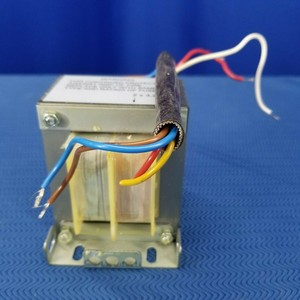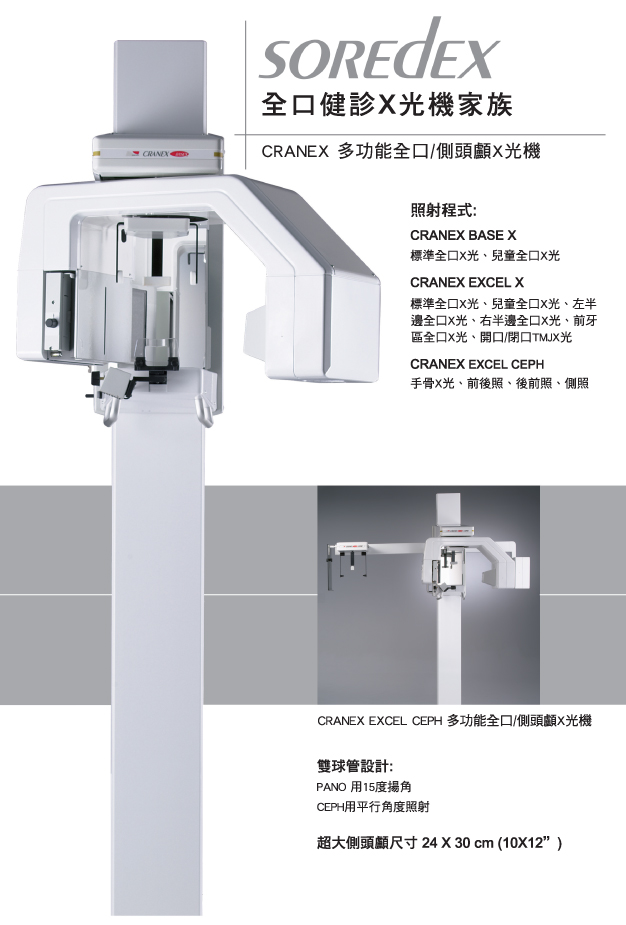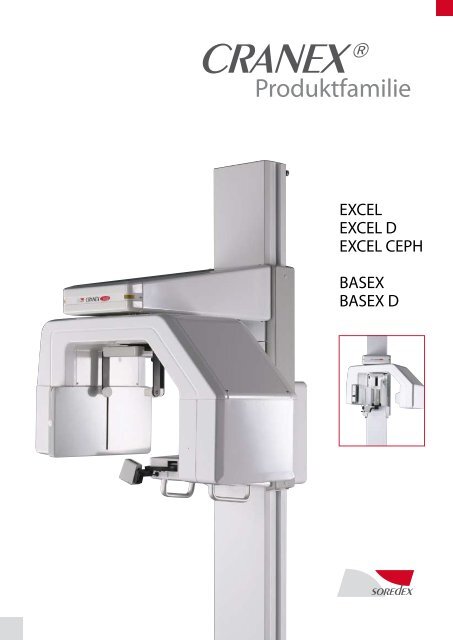
Several dental ceramics have been introduced to satisfy the demands from both the dentists and patients for construction and the restoration with extremely aesthetic and natural tooth appearance. The advancement in digital dentistry based on the technological development of computer-assisted design-computer-assisted manufacturing (CAD-CAM) has been accepted by dental practitioners in search of novel restorative materials, which are capable of providing superior aesthetics quality and durable restorations together with an excellent prognosis. NHA was highly recommended for anti-demineralization for enamel and cementum surrounding restorative margin.Ĭeramic has been considerably increasing as a preferable restorative material for contemporary aesthetic dentistry. The capability in resisting the demineralization process of NHA was comparable with CP. NHA and CP were capable of enhancing anti-demineralization for enamel and cementum. Multiple comparisons indicated the capability in inducing surface strengthening to resist demineralization for enamel and cementum of NHA which was comparable to CP () as evidenced by SEM and XRD data indicating NHA and CP deposition and crystallinity accumulation. ANOVA indicated a significant increase in anti-demineralization of enamel and cementum upon application of NHA or CP (). Scanning electron microscopy (SEM) and X-ray diffraction (XRD) were determined for surface evaluations. Analysis of variance (ANOVA) and post hoc multiple comparisons were used to justify for the significant difference (α = 0.05).


Vickers hardness (VHN) of enamel and cementum was evaluated before material application (BM), after material application (AM), and after demineralization (AD). The enamel and cementum area of 4 × 4 mm² neighboring zirconia was applied with either NHA or CP, while one group was left no treatment (NT) before demineralized with carbopal. Thirty extracted mandibular third molars were segregated at 1 mm above and below cementoenamel junction (CEJ) to separate CEJ portions and substituted with zirconia disks by bonding to crown and root portions with resin adhesive. This study examines the ability of nanohydroxyapatite (NHA) gel and Clinpro (CP) on enhancing resistance to demineralization of enamel and cementum at margin of restoration. Prosthetic dentistry has shifted toward prevention of caries occurrence surrounding restorative margin through the anti-demineralization process. The results show that the designed robot has a reproducibility above 95% in performing various movements. Using wireless communication protects the user from harmful radiation during robot driving and functioning. This robot can be controlled by the user through a smartphone or laptop wirelessly via a Wi-Fi connection. The kinematic model of the robot is presented to investigate and describe the correlation between the amount of motion and the pulse width applied to dc motors. The proposed robot allows a dry skull to execute motions, which were selected on the basis of clinical evidence, with 3-degrees of freedom (3-DoF) during imaging in synchronous manner with the radiation beam.

In this paper, according to the conditions and limitations of the CBCT imaging room, the goal is the design and development of a cable-driven parallel robot to create repeatable movements of a dry skull inside a CBCT scanner for studying motion artifacts and building up reference datasets with motion artifacts. Among these artifacts, motion artifact, which is created by the patient has adverse effects on image quality. One of the major challenges in the science of maxillofacial radiology imaging is the various artifacts created in images taken by cone beam computed tomography (CBCT) imaging systems.


 0 kommentar(er)
0 kommentar(er)
